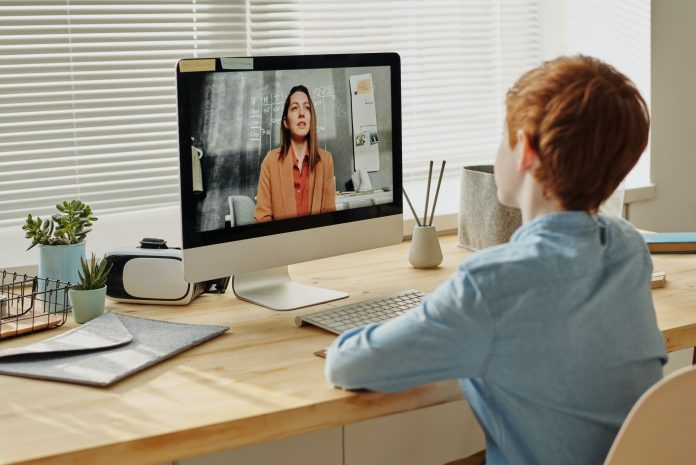Dr Janet Lord from MMU’s Faculty of Education outlines the issues and solutions to ensure children aren’t left behind
The current school closures and lockdown, and the consequent move towards digital education and online learning, have emphasised the inequalities that already plague our society still further.
Before the lockdown, there was already a huge inequality gap – for example, children from disadvantaged backgrounds are twice as likely to leave school without English and maths GCSEs than children from more advantaged households.
Amanda Spielman, the Chief Inspector of Education, has acknowledged that the closure of schools will widen this attainment gap, at least in the short term. Online learning – especially the way it is playing out at the moment – is a far from perfect solution to school closures and the issues with this move to online learning are hitting disadvantaged children hard.
What can schools do?
The virus does not discriminate between rich or poor, but the wealthy are in a better position to deal with its effects. Wealthier families are more likely to have spaces for children to work, well-educated parents who feel more confident to support their children’s learning and a good internet connection, as well as various devices on which to access learning materials. Poorer families are much more likely to struggle with supporting their children to learn while schools are temporarily closed. Inevitably, wealthier families will end up ahead, and poorer children will fall further behind. Schools have a key role to play in mitigating the effects of school closure on inequality gaps.
Only 23% of children are taking part in live or recorded online lessons every day, according to the Sutton Trust, but middle class children are engaging significantly more (30%) than working class children (16%). Nearly two thirds of fee-paying schools had an online platform for learning before the pandemic started, but in deprived areas, only 23% of the state schools have such a platform.
Online and equipment access?
In disadvantaged areas, children are much less likely to have access to the internet or to an adequate device for learning from home. It is expensive to work or learn digitally. Pupils need reliable internet access, a quiet place to work, access to appropriate equipment – writing essays and reading books on a smart phone is a really difficult thing to do. Not all homes have reliable Wi-Fi or a computer. For example, the Sutton Trust reports that in the most deprived schools, 15% of teachers suggest that more than a third of their students would not have adequate access to an electronic device for learning from home, compared to only 2% in the wealthiest state schools.
We know that, not surprisingly, wealthier parents can and do spend more on their children’s learning – they can buy headphones or other equipment. For those families who can’t do this, schools are trying to address the gap, for example by providing children with laptops or dongles to facilitate internet access.
Almost a third of the secondary schools in the Sutton Trust survey were providing laptops or other devices for children – but this figure is much lower for primary schools, who have less money available to do this anyway. It’s not a surprise that the most advantaged state school are able to offer this kind of support at a much higher level than schools in more disadvantaged areas, where only 15% have been able to offer this support.
Even with the right hardware, it is not always the case that children are ‘digital natives’. They might be experts at TikTok or Instagram, but the platform and programmes that are used for online learning need practise and time before they are easy to use.
Many schools are trying to contact parents and children by phone to check in on them and offer support and advice about supervised learning; about a third of teachers are doing this – and this is really appreciated by parents when it happens. In more deprived areas, schools were much more likely to set work with physical worksheets or workbooks – 48% in the most deprived schools, compared to 22% in the most affluent – potentially due to concerns that many of their pupils may not be able to access content provided online.
Schools are not always able to provide relevant equipment and to send out work packs; indeed, delivering packs and equipment to pupils’ houses puts the staff involved at risk themselves.
Catch-up classes
We may feel at the moment that we can only do our best – and for now, many parents may feel that it is probably acceptable if children have more screen time than usual or are watching more TV. But this isn’t good long term. There is no doubt that pupils’ educational advancement may be jeopardised if they miss key tests or exams or if they have long periods out of school without any alternative learning. This is much more significant for children who are already vulnerable or disadvantaged. Some teachers have suggested that when schools open, running ‘catch-up’ classes for children from more disadvantaged backgrounds could help.
In the meantime, the government could work more closely with IT companies and internet providers to ensure that as many of our children as possible have the right equipment and a stable internet connection to help them to learn at home.







